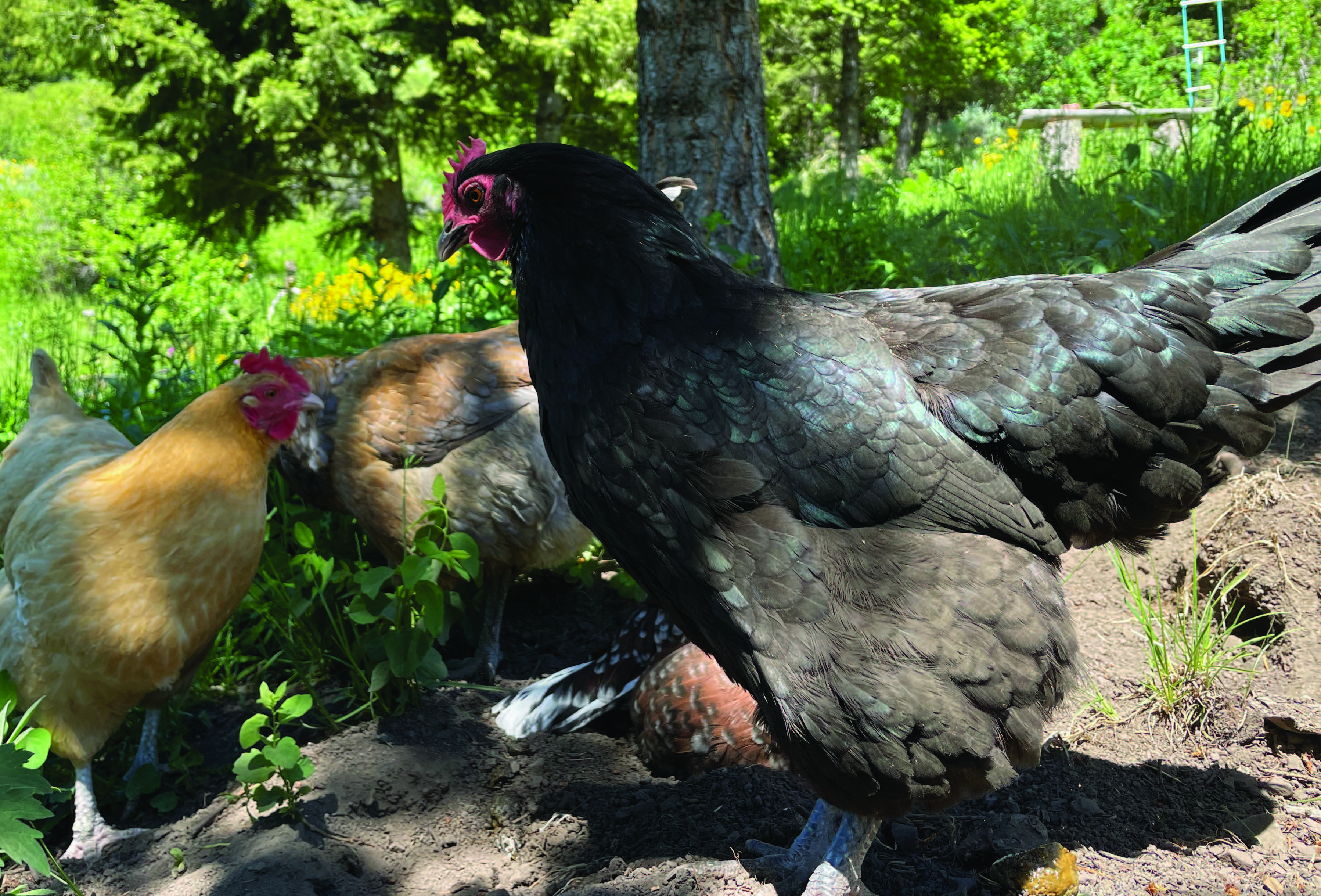Highly Pathogenic Avian Influenza
Highly pathogenic avian influenza (HPAI) has been confirmed in 2022 in states throughout the central and western United States as well as Montana. Montana Department of Livestock (MDOL) and Montana Fish, Wildlife and Parks (MT FWP) are equipped to help the public identify and respond to sick or dead poultry and wild birds.
HOW DID AVIAN INFLUENZA BEGIN IN THE U.S.?
In January of 2022, HPAI was confirmed in wild birds in South Carolina, and in February the first case of HPAI in domestic poultry was confirmed in Indiana. Subsequently, HPAI has been confirmed in wild birds and poultry (backyard and commercial) in more than 25 states in the U.S., resulting in international trade restrictions on poultry and poultry products. Montana’s first confirmed case was announced April 8. This year’s outbreak is out of the critical phase, though detections continue, so people should still watch for signs and symptoms. The last significant HPAI outbreak prior to this year was 2015.
ABOUT AVIAN INFLUENZA
Avian influenza is a highly contagious viral disease of chickens, turkeys, pheasants, quail, ducks, geese, guinea fowl, and many wild birds. It can be carried in wild waterfowl that display no clinical signs of illness. Avian influenza can be seasonal with the arrival of migratory birds who co-mingle in winter and summer habitat and then disperse to global flyways. Contact with infected birds, contaminated objects/equipment, and aerosol (short distances) can spread the virus, which is found in feces, saliva, and respiratory secretions. HPAI can cause high mortality in poultry and game birds. Poultry affected by avian influenza can also show:
- Decreased food consumption, huddling, depression, closed eyes.
- Respiratory signs, such as coughing and sneezing.
- Decreased egg production or misshapen eggs.
- Watery, greenish diarrhea, excessive thirst.
- Swollen wattles and combs.
The risk to human health associated with HPAI outbreaks is low according to the Centers for Disease Control, with no reported cases of human illness. It is safe to eat properly prepared poultry and poultry products. The United States Department of Agriculture recommends that poultry and wild birds are cooked to a temperature of 165°F.
BIOSECURITY MEASURES TO LIMIT EXPOSURE
Owners are encouraged to practice good biosecurity measures:
- Prevent contact between wild or migratory birds and domestic poultry, including access by wild birds to feed and water sources.
- House birds indoors to the extent possible to limit exposure to wild or migratory birds.
- Limit visitor access to areas where birds are housed.
- Use dedicated clothing and protective footwear when caring for domestic poultry.
- Wash and disinfect items going on and off the farm such as footwear, vehicles, and equipment. Effective disinfectants include bleach, Comet bathroom cleanser,
- Isolate sick animals and contact a veterinarian or Montana Department of Livestock (MDOL).
WHO TO CONTACT?
FOR MORE INFORMATION
|

Adapted from the Montana Department of Livestock “2022 Detections of Highly Pathogenic Avian Influenza” https://liv.mt.gov/Animal-Health/Avian-Influenza-2022
